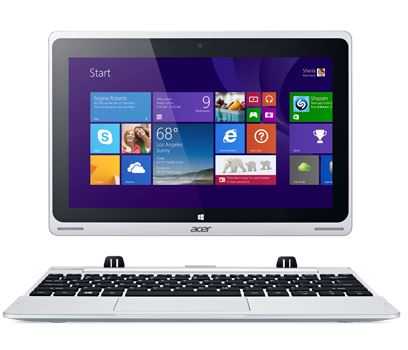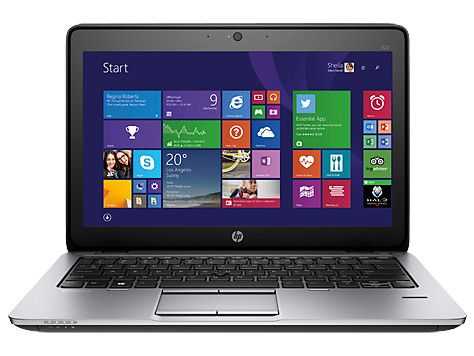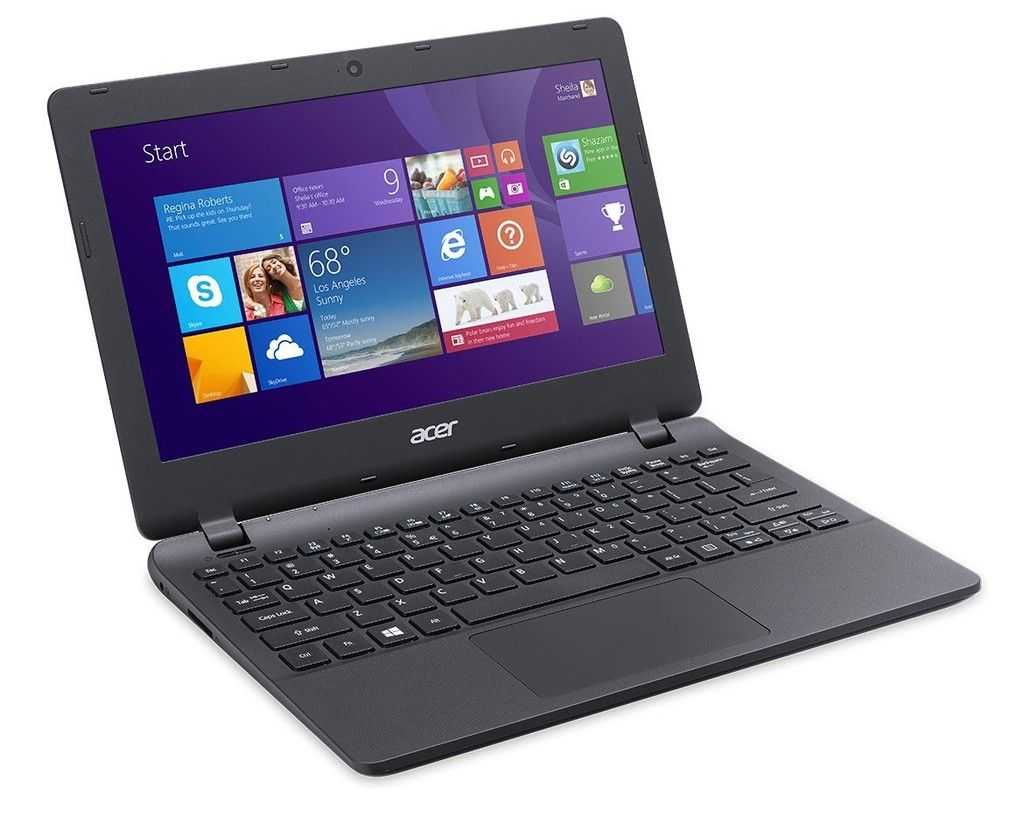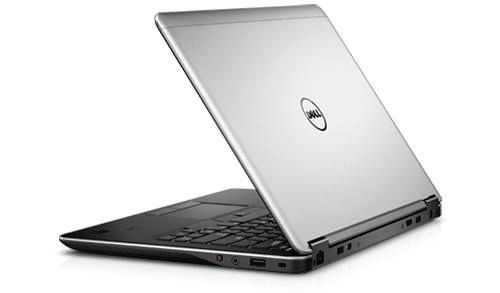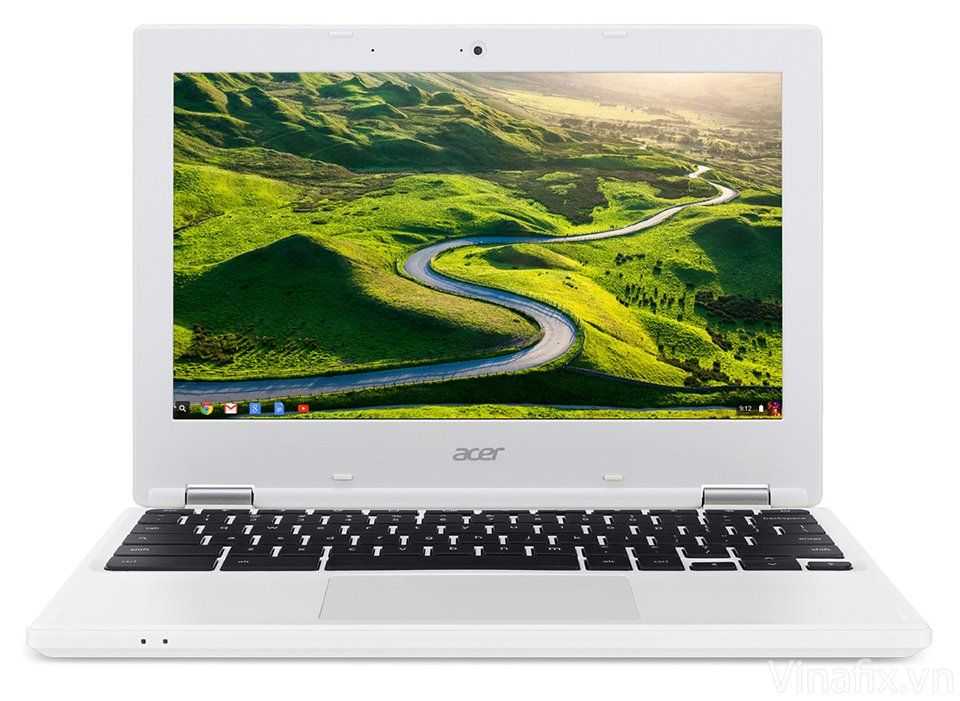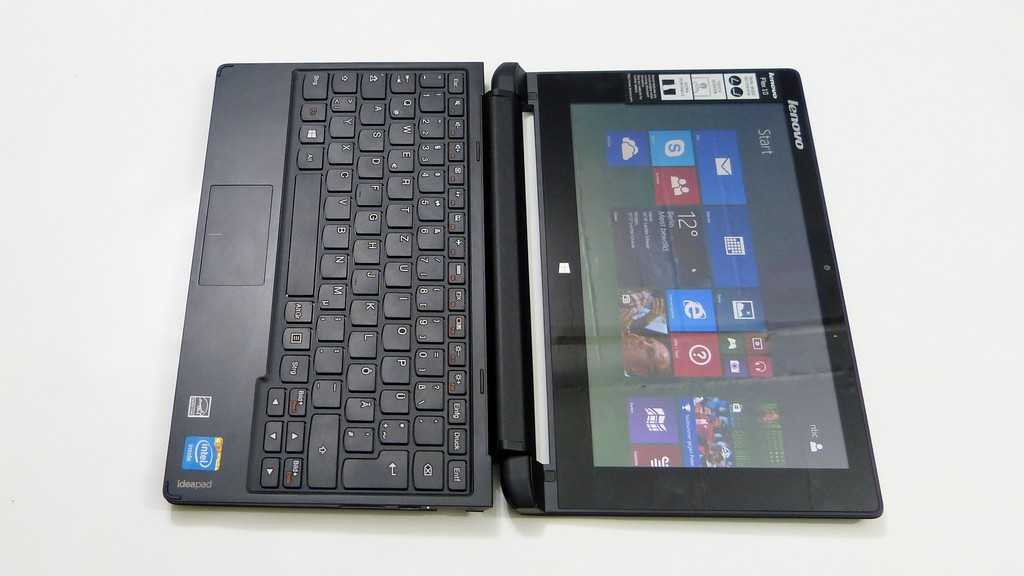
Posted on 26 March 2009
As I was reviewing my keyword searches on the social network Twitter this morning (I use Particls.com) I came across a really interesting question. @phabulosa asks: “Really want to know why Moblin can boot that fast and how instant-on Linux works. Someone can tell me? inch

We haven’t actually brought you the good news that Moblin 2, Alpha 2 has been released yet so before I dive into the above question, let me give you a brief update on changes over the Alpha 1 release.
Read the full story
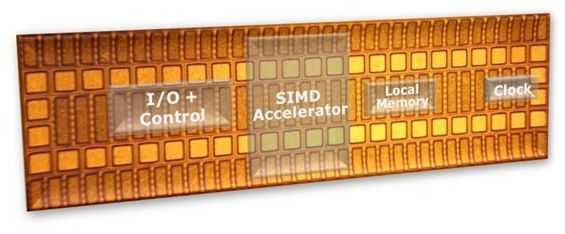
Posted on 19 March 2009
 SlashGear is reporting that Intel is working on a version of something called an SIMD accelerator that will help increase graphical performance on future mobile devices. There isn’t too much to go on with the small amount of information that Intel released, but apparently the SIMD (Single Instruction, Multiple Data) accelerator that they are working on uses 10x less power than current SIMD accelerators use, making the new SIMD accelerator practical for use in handheld devices, particularly MIDs, as Intel mentions.
SlashGear is reporting that Intel is working on a version of something called an SIMD accelerator that will help increase graphical performance on future mobile devices. There isn’t too much to go on with the small amount of information that Intel released, but apparently the SIMD (Single Instruction, Multiple Data) accelerator that they are working on uses 10x less power than current SIMD accelerators use, making the new SIMD accelerator practical for use in handheld devices, particularly MIDs, as Intel mentions.
The concept of Single Instruction, Multiple Data seems somewhat contradictory to the current Atom processors which use in-order execution, but then again, I can’t claim to be an expert on CPU architecture, so these things may be unrelated. It sounds like Intel’s newer, less power hungry SIMD accelerator could be used in conjunction with their upcoming Moorestown platform.
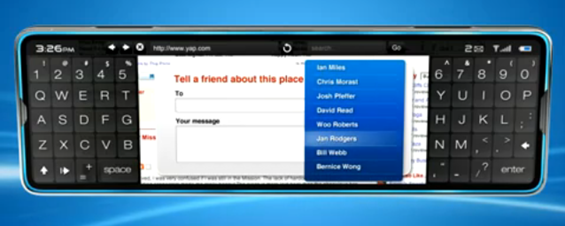
Posted on 16 March 2009
 As time draws closer and closer to the time when Intel’s Moorestown platform is due to be released, I’ve been looking around at some of the concepts that they have been showing over the last year to get an idea of what we’ll see when the Moorestown platform hits. Moorestown is a platform for an upcoming set of devices that will blur the lines between smartphones and MIDs. Chippy used the term ‘MIDphone’ not long ago in an article about a voice capable software stack that would be making its way to Moblin (a MID oriented OS). One of these MIDphones that you will probably recognize is, at this point, nameless, but many have said that it looks to be a super-wide iPhone (let’s call it Moorestown X). A little while back, Intel released three videos showing concepts of what they want a device like Moorestown X to be able to achieve with the platform:
As time draws closer and closer to the time when Intel’s Moorestown platform is due to be released, I’ve been looking around at some of the concepts that they have been showing over the last year to get an idea of what we’ll see when the Moorestown platform hits. Moorestown is a platform for an upcoming set of devices that will blur the lines between smartphones and MIDs. Chippy used the term ‘MIDphone’ not long ago in an article about a voice capable software stack that would be making its way to Moblin (a MID oriented OS). One of these MIDphones that you will probably recognize is, at this point, nameless, but many have said that it looks to be a super-wide iPhone (let’s call it Moorestown X). A little while back, Intel released three videos showing concepts of what they want a device like Moorestown X to be able to achieve with the platform:
As I look at these videos and compare similar hardware that we have access to today, I get quite excited to see if something like this can be delivered. Obviously the videos above are simply conceptual, but if they could deliver functional software that is even half as polished as what we see above, it would make for an excellent device, as long as the Moorestown platform is really up to the task of delivering this experience with the battery life that people expect from a phone. Moorestown is purportedly going to consume ten times less power while idle than current Atom platforms. Concepts like these always make the software look good, but I hope they spend some serious time on the GUI if they are planning on bringing a similar product to market. I can’t stand the idea that the eye-candy would get in the way of productivity.
It seems like some of the focus on Moorestown has been shifted in light of the success that Intel has been having with their Atom platform, which powers an incredible amount of the netbooks that we see today. As far as we know however, Intel is still hard at work on Moorestown, and as soon as they complete their work, which should be in late 2009 or early 2010, we’ll start seeing hardware that should change the way we think about pocketable computing.
It is interesting to me to think about what will happen to devices like the iPhone and upcoming Palm Pre when they are put in perspective with the kind of devices that we could see coming from Moorestown. Competition always functions as a driver for innovation, so I think its safe to say that the release of the Moorestown platform will be good for everyone in the long run.
Thoughts on the Moorestown vision? What would you be willing to pay for a device like the Moorestown X? Are you excited about the upcoming platform if it could bring products like this into the smartphone/MID space?

Posted on 26 February 2009
I enjoyed this article at APCMag. There’s a lot you can read between the lines and a lot of straight-up info.
- Intel are now calling smartphones, MIDs
- There’s a definite netbook roadmap
- It will take 3-5 years to seed MIDs on Intel
- Some netbooks may appear on the Moorestown platform
Favorite quote:
“Every smartphone is a mobile Internet device, including the iPhone inch says Pankaj Kedia, director of ecosystems for Intel’s Ultra-Mobile Group. “If the device is mobile, if it delivers a rich internet experience and has a targeted usage, it’s a mobile Internet device inch.
You’ll also see some talk about power consumption. 10x less idle power takes a Moorestown MID down to about 200mw. I assume that’s with screen off and radios sleeping though. It’s enough to get Intel into the high-end all-day smartphone market but not quite into consumer pockets just yet. That would take another iteration of Atom and a 2011/2012 timeframe in my opinion.
So smartphones are the new MIDs. Or should MIDs be the new smartphones? Have a read of the article and let me know your thoughts.

Posted on 25 February 2009

Back in October of last year there was some interesting news about a site (WePC.com), made in conjunction with Intel and Asus, that would allow users to submit concepts of their ‘dream computer’ and have it voted on by a large community. The idea was that the best concepts would float to the top and Asus would take these and build a community designed netbook, while Intel would power it.
I took another look at the site today to see if we had made any progress, but from what I’ve found, it seems like we won’t actually see a community designed computer in its own right. I can’t say if this has changed since the initial launch of the website, but the About page seems to set a slightly different tone than the rest of the site.
Imagine your perfect PC. Now imagine top engineers and innovators working around the clock to make that Dream PC a reality. That’s the dream WePC.com is all about.
ASUS and Intel have created WePC.com, a place where users like you come together to share ideas, images and inspiration about your ideal PC. But what if it’s not just talk. Your designs, feature ideas and community feedback will be evaluated by ASUS and could influence the blueprint for an actual notebook PC built by ASUS with Intel inside.
If the words ‘could influence’ weren’t already unlikely sounding enough, you have to consider that they are only talking about a ‘blueprint’ here. While it definitely sounded like WePC was actually going to produce a community designed netbook based on the best ideas, it seems now like the site is just a glorified feedback center for Asus, and a free source of concepts for them as well. There isn’t a lack of advertising either, with one part of the site saying “Buy a dream PC now!” that links to an already existing Eee PC. Wasn’t the point of the site to design our own dream PC? Is it crazy of me to still wish we would actually see a community designed computer that one could purchase come from this project?

Posted on 16 February 2009
Update. This article is incorrect.
As CPU and chipset power consumption becomes less and less in phone and MID designs, the power drains of the displays, radio, peripherals and storage technology become more and more significant. One of the biggest issues, display backlighting, has been something that many people have been working on for a long time. In current high-brightness UMPCs and MIDs the screens can take up to 50% of the total power of the devices, which is exactly the scenario you’re in when you’re mobile.
LG will be tackling this issue on their Moorestown phone in 2010 by using a reflective, bi-stable technology from Mirasol Displays, a subsiduary of Qualcomm. It’s complex and vastly different from current backlit screen technologies but I can summarise by saying that it takes a lot less power, provides much more effective outdoor brightness and, due to it’s transflective nature, is easier on the eye. The method used is known as Interferometric MODulation (IMOD.)
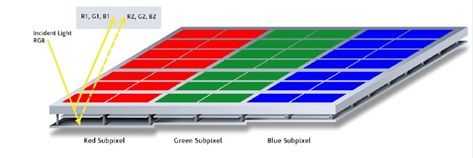
Mirasol IMOD Structure
There are some white papers and overviews on the Mirasol website which I have been through to try and get a feel for the power savings and although there aren’t any real figures given (obviously it depends on the size of the display) my gut feeling here is that in 3-5″ devices in bright room conditions, it could save 0.5 – 1W which will be extremely significant in the LG device which may only have a 2-3W profile. If you want to get a feel for the technology, take a look at this PDF which alludes to newspaper reading quality in terms of contrast and reflectivity. There’s also a very good video presentation here which the problems of traditional backlit displays and the ‘on-time’ that I’ve been highlighting recently.
It appears that current Mirasol products are currently quite small in size and obviously the technology is going to be more expensive so we might see this used as a secondary or external display (as in the two screen Nokia E90 design) but with 12-18 months to go before the product needs to be ready, Mirasol may be able to get a full 800×480 screen out.
Source
Mirasol website.

Posted on 16 February 2009
Highlighting Intel’s ultimate goal for Atom, the growing importance of a high-speed web experience on a smartphone and possibly Intel’s concern about the speed of development of ARM-based smartphones is this Mobile World Congress announcement that LG and Intel are going to work together on a voice-enabled MID. The first smartphone to be based on what is effectively a PC architecture is expected in 2010.
No details of the device are available at the moment but you can be sure that LG will already have prototype designs built around the Atom core (on the Lincroft ‘system on chip’) and the Langwell I/O hub. Expect a high-end, big-screen design that, like the recently announced Toshibe LG01, could redefine the size and capability of those leading edge voice communicators called smartphones!
The announcement also re-confirms timescales for Moorestown and Moblin2 for MIDs and LG is expected to be one of the first OEMs out of the door with Moorestown in 2010.
Read the full story

Posted on 11 February 2009
There are some classic quotes on this article over at EETimes. It looks like Intel didnt turn up for a panel on MIDs and the competition took the chance to highligh the major issues.
“MIDs were conceived by Intel because they couldn’t sell Atom into a cellphone”
“You really have two categories: a smart phone getting bigger and a laptop getting a little smaller”
They are all valid discussion points and really worth thinking about.
I wish I could have been there to show them the Ring of FIE and get their response becuase I’m 100% sure that oportunities exist for MIDs in it. The product sales may not be on the same scale as laptops or smartphones but you don’t have to shift millions of per week to make a successful product. Look at all the segments of the ‘ring” and you’ll be able to think of one successful product for nearly all of them.
EETimes.com – Panel skeptical on future of MIDs.












